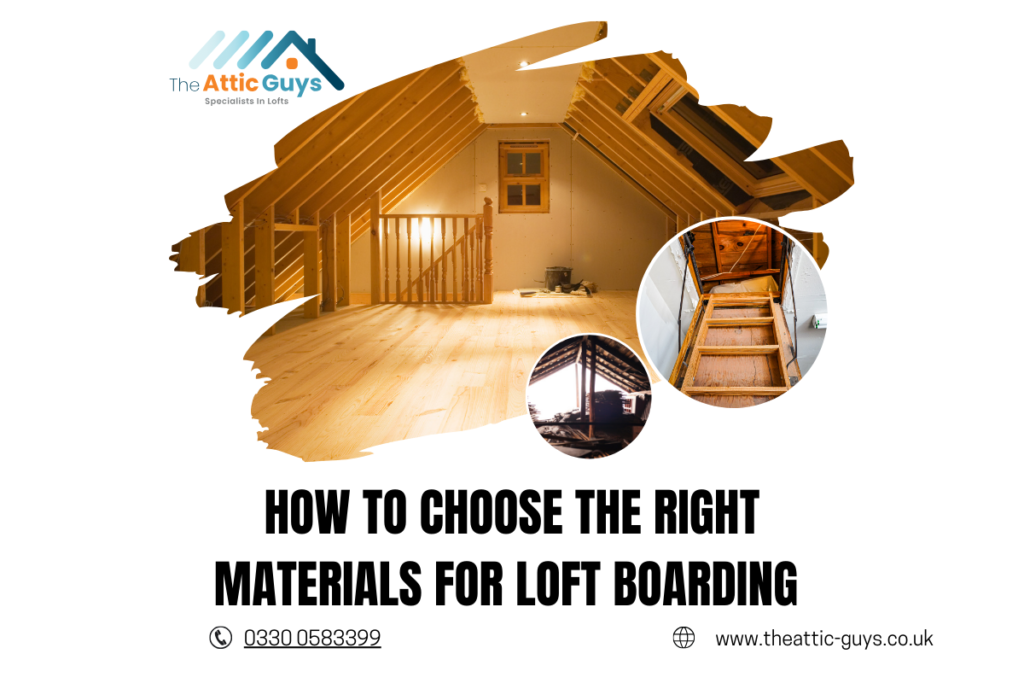How to Choose the Right Materials for Loft Boarding: A Comprehensive Guid

Introduction
Are you planning to convert your loft into a functional living space? Choosing the right materials for loft boarding is crucial to ensure a safe, durable, and energy-efficient loft conversion. With so many options available, it can be overwhelming to decide which materials are best suited for your project. In this comprehensive guide, we’ll explore the key factors to consider when selecting loft boarding materials, helping you make an informed decision that meets your specific needs and requirements.
Style
Short, Snappy Sentences to Keep the Reader Engaged
Loft conversions are a popular way to maximise living space. Selecting suitable materials is crucial for a successful loft boarding project. Factors like insulation, load-bearing capacity, and fire safety must be considered.
Creative Approach
Imagine transforming your underutilised loft into a cosy reading nook, a home office, or a luxurious master suite. With the right loft boarding materials, you can create a functional and inviting space that seamlessly blends with the rest of your home.
Tables and Lists
| Material | Pros | Cons |
| Chipboard | Affordable, easy to install | Limited load-bearing capacity |
| OSB | Strong, moisture-resistant | Heavier than chipboard |
| Plywood | Durable, versatile | More expensive |
F.A.Q
Q: What is the best material for loft boarding? A: The best material depends on your specific requirements, such as load-bearing capacity, insulation needs, and budget. Common options include chipboard, OSB (Oriented Strand Board), and plywood.
Q: Can I install loft boarding myself? A: While loft boarding can be a DIY project, it’s essential to follow building regulations and safety guidelines. Consulting a professional is recommended, especially for complex or structural work.
Tone
Balanced Opinions on Topics
While chipboard is an affordable and lightweight option for loft boarding, it may not be suitable for high-traffic areas or heavy loads. OSB and plywood offer superior strength and durability but come at a higher cost.
Real-life Examples for Illustration
Imagine converting your loft into a home office. Choosing a sturdy material like OSB or plywood would ensure the floor can support the weight of desks, chairs, and other office equipment without sagging or creaking.
Language that Shows Real Expertise
Proper ventilation is crucial to prevent condensation and mould growth in the loft space. Ensure adequate airflow by installing vents or using breathable membranes beneath the loft boarding materials.
Conclusion
Choosing the right materials for loft boarding is a critical step in ensuring a successful loft conversion. By considering factors such as insulation, load-bearing capacity, fire safety, and your specific needs, you can create a functional and comfortable living space that adds value to your home. Remember to consult professionals, follow building regulations, and prioritise safety throughout the process. With careful planning and the right materials, your loft conversion can become a beautiful and practical addition to your living space.
